
The wear pattern you see on the soles of your shoes provides important clues about your gait and how your feet are interacting with the world. The specific wear pattern mentioned above (outside, or “lateral,” heel) is typical among pretty much all wearers of conventional footwear that incorporates heel elevation, rigid soles, and substantial cushioning, and excessive wear in this location is particularly apparent in running and walking shoes. The truth is, it's almost impossible for your foot to strike the ground in any other way (i.e., lateral heel first—see image above) when wearing such footwear; to do otherwise, you would have to very consciously (and unnaturally) alter your gait—a compensation that would no doubt quickly lead to a variety of musculoskeletal issues throughout your body.
By way of comparison, it’s interesting to examine the tread wear patterns of relatively thin-soled, flexible, and zero-drop footwear. Indeed, doing so reveals markedly different findings. Among those who wear foot-healthy shoes such as this, what you usually see is some thinning of the sole over time in the center of the ball of the foot and also directly under the heel. This wear pattern is indicative of a forefoot or “midfoot” (i.e., level foot) strike, which is much better than a heel strike at dampening ground reaction forces on the joints and soft tissues in your foot and lower body. Thinner-soled shoes, therefore, provide you with an opportunity to realize a healthier walking and running gait—a near-inevitability stemming directly from their minimalist design and construction.
-
Note: It's not only about a thin sole (or “minimalism”), though. Using footwear that also incorporates a level platform and a wide, anatomical toe box is vitally important in achieving a lighter, more centered gait.
This image captures the wear pattern on the sole of a well-worn Vibram FiveFingers toe shoe (the new, as-of-yet unused, replacement shoe is positioned to the right of it for comparison). This is a wear pattern that's commonly seen in other types of minimalist footwear as well. Notice that there is no excessive tread wear on the lateral heel, and that all of the wear is concentrated in two main areas: Directly under the ball of the foot and directly under the heel—two parts of the foot for which nature very courteously provided protective fat pads to help buffer the shock of weight bearing and locomotion.* So, with tread wear patterns that coincide with the location of nature’s best shock absorbers, and because footfalls associated with them are necessarily more gentle and conscientious, thinner-soled footwear offers your feet a safer, healthier environment in which to operate.
Even with relatively thinner soles, minimalist footwear such as the Vibram FiveFingers toe shoes mentioned above should last as long or longer than a pair of conventional, highly cushioned running or walking shoes, due to the lighter step they promote. Also, the typical wear pattern that occurs in conventional shoes actually accelerates their demise by introducing more instability (i.e., even more than what's already present) into the platform upon which the foot rests, which in turn adds more complexity to an already aberrant gait pattern and induces a variety of problematic bodily compensations. Our long-distance runner friends who wear conventional running shoes (and who are often injured, by the way) sometimes go through as many as three or four pairs of shoes per year, which is quite extraordinary. We ourselves, though we don’t put in as many miles, are still quite active and tend to go through only one pair of foot-healthy minimalist shoes every few years.
So, all this to say, what seems like a small and simple observation actually represents something much larger. And when it comes to feet and foot health, it’s important to pay attention to all the little things that may signal greater problems afoot so that you can make any necessary changes before chronic problems arise. In the meantime, be vigilant, stay on your toes (or forefoot, or some combination of your heel and forefoot, just not your heel alone), and enjoy your active life to the best of your abilities!
*For individuals making the transition from conventional footwear to minimalist shoes who develop point pain on the underside of the heel, or for an elderly individual who has lost some of his or her calcaneal fat pad (i.e., the cushion that protects the calcaneus, or heel bone), it can sometimes be helpful to use thin, flexible, and lightweight Tuli's heel cups within footwear to provide a small amount of external cushioning beneath the heel.

WANT TO IMPROVE YOUR FOOT HEALTH?
Let the team at Natural Footgear help you! Subscribe to our newsletter for the latest offers and helpful info, and sign up for our FREE email courses on various topics and foot health conditions.
Sign Up →
Want to Improve Your Foot Health?
We are here to help you every step of the way. Get our newsletter for the latest offers and helpful info, and sign up for our FREE email courses on various topics and conditions, including bunions, hammertoes, neuromas, plantar fasciosis, shin splints, ingrown toenails, and more.
Sign Up →
 One question that we receive from readers from time to time is the following: “Are maximalist shoes good for the feet?” Though opinions may vary on what constitutes maximalist footwear, we at Natural Footgear would categorize any athletic or casual shoe with significant padding or material under the foot’s sole as maximalist. Our feet and footwear philosophy is quite clear, and one of the principles that we believe in most...
Read more
One question that we receive from readers from time to time is the following: “Are maximalist shoes good for the feet?” Though opinions may vary on what constitutes maximalist footwear, we at Natural Footgear would categorize any athletic or casual shoe with significant padding or material under the foot’s sole as maximalist. Our feet and footwear philosophy is quite clear, and one of the principles that we believe in most...
Read more



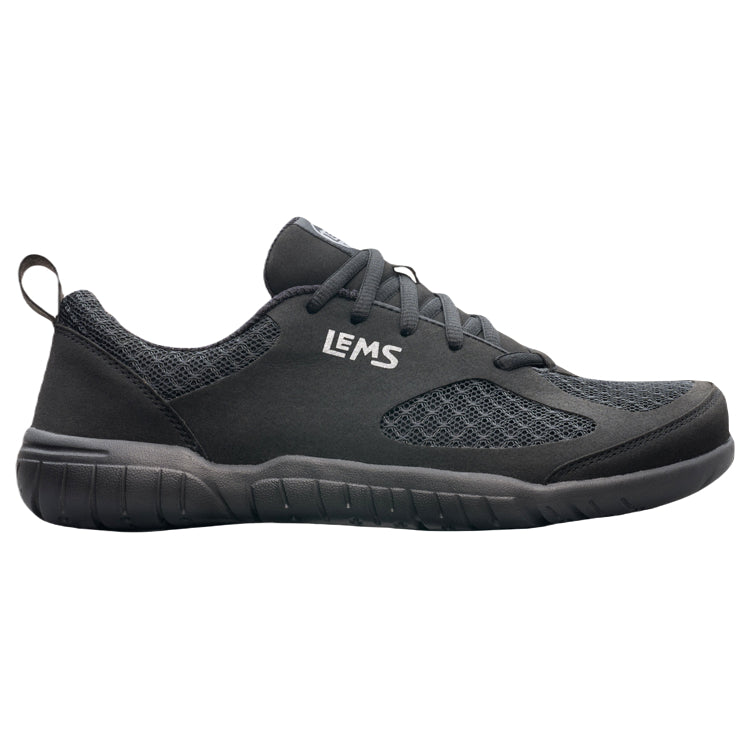
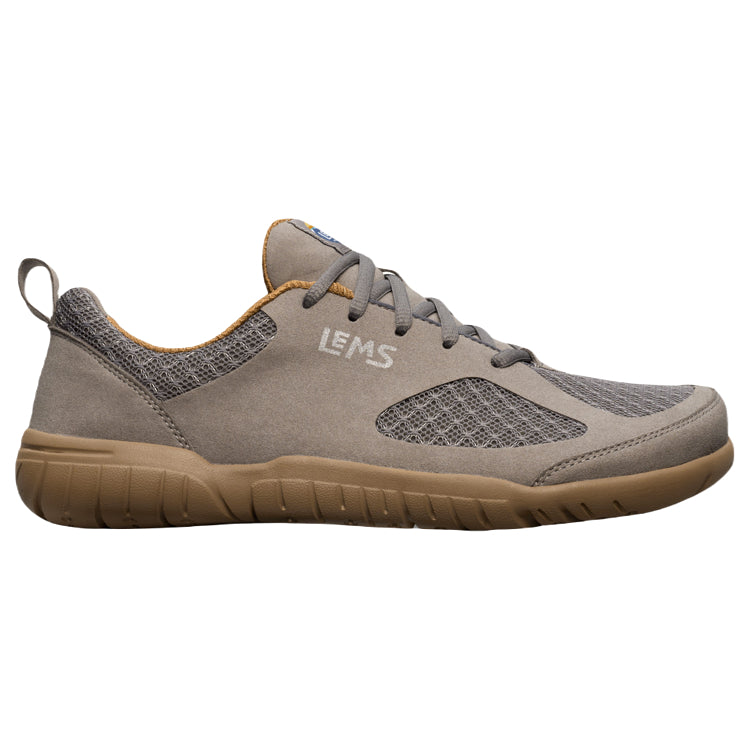
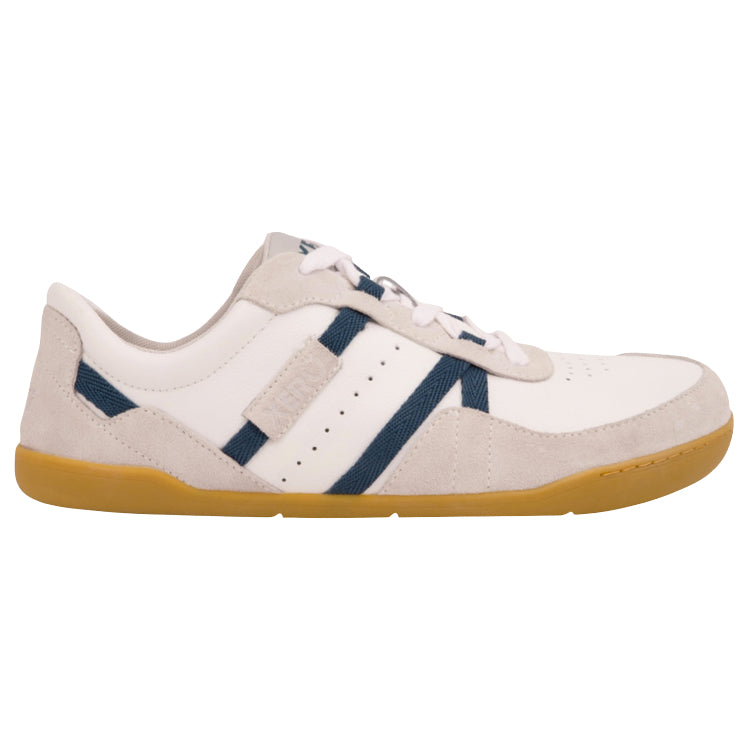


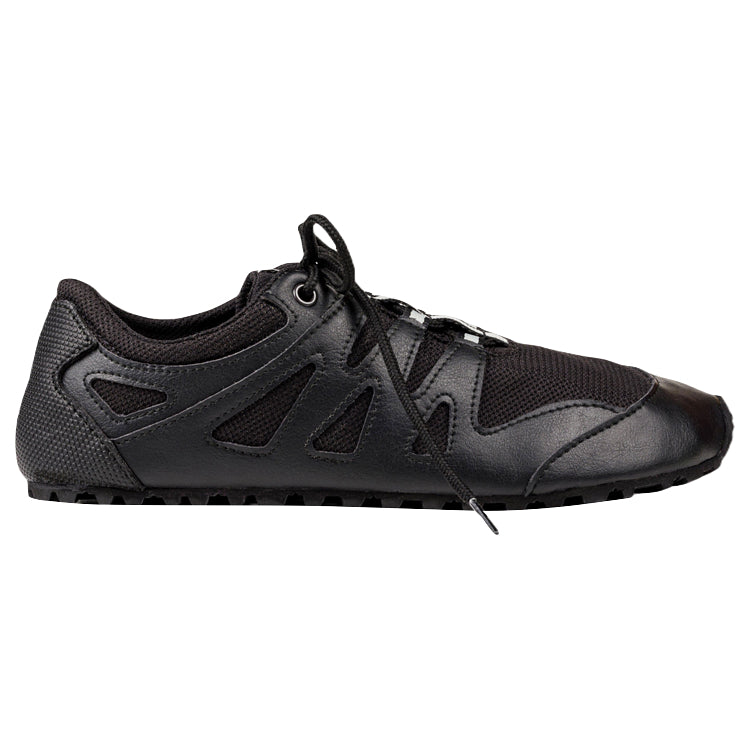
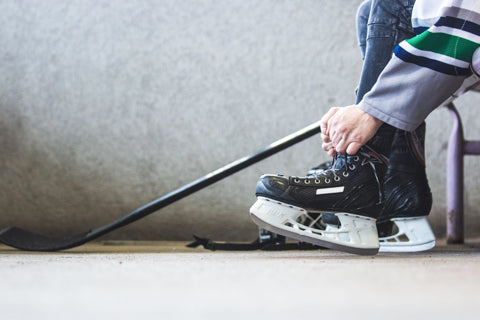


Hi. So, regarding this article: I have worn Lems (and Altras) for a number of years. Except for the Altra Olympus, all these shoes wear out the same or quicker for me as with conventional shoes—right foot, outer heel. Any comments or suggestions? I love the Lems Primal 2, but those, in particular, seem to wear out quicker than expected. Thanks!
Hi, Burt,
Thank you for your comment. Structural factors within the body (e.g., limb length discrepancies, etc.) as well as ingrained movement patterns and biomechanical compensation for past injuries may have an impact on shoe wear and could help explain what you’re seeing. It’s tough to say for sure, though, without the benefit of a full health history, physical examination, and gait analysis. It’s interesting that you found the Lems Primal 2 to wear out quicker than expected; we’ve actually found the Primal 2 to have quite good longevity (our pairs tend to hold up for 2-3 years with moderate to heavy use).
Anyhow, please let me know if you have any additional questions!
Cheers,
Marty Hughes, DC